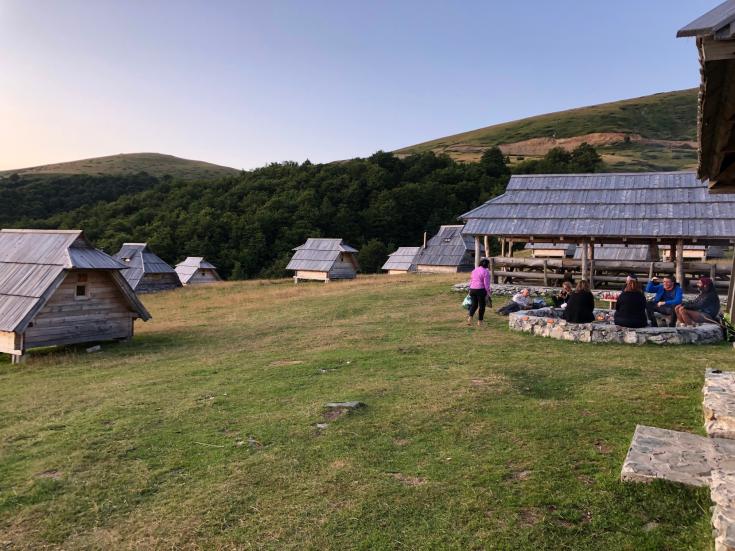Sustainable tourism
In the spotlight
Discover what actions you can take to encourage sustainable tourism in your region, from supporting local businesses and preserving natural heritage. Our experts have hand-picked the most relevant content for you on the topic so you can dive right in and learn how to balance tourism growth with environmental conservation and community well-being.

E-workshop recording: sustainable and competitive tourism

Rural businesses in the tourism sector

Webinar on eco-tourism in riverside territories

Tourism strategies and roadmaps for supporting SMEs in Moldova
A message from our expert
Are you looking for specific content on sustainable tourism or are you dealing with a particular challenge on this topic?
Get in contact through our policy helpdesk and we can support you.

The tourism sector has had a couple of turbulent years – from very fast growth leading to overtourism and adverse impacts on the environment and communities. To a nearly complete shut-down during the COVID pandemic with its lasting social and economic impacts. Therefore, identifying good practices fostering a resilient and environmentally sustainable sector is crucial for rebuilding the sector in Europe.















